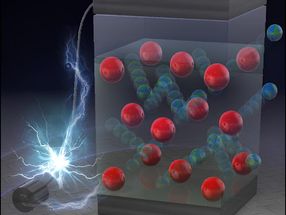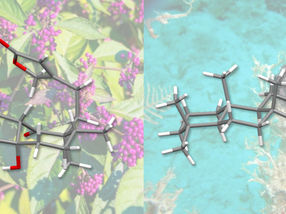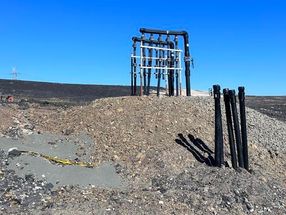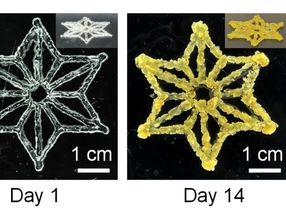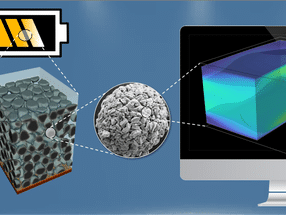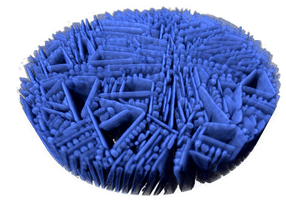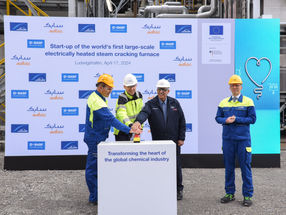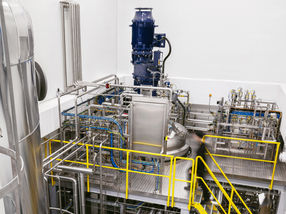TNT could be headed for retirement after 116 years on the job
Scientists at Los Alamos National Laboratory and the U.S. Army Research Laboratory in Aberdeen, Maryland have developed a novel “melt-cast” explosive material that could be a suitable replacement for Trinitrotoluene, more commonly known as TNT.
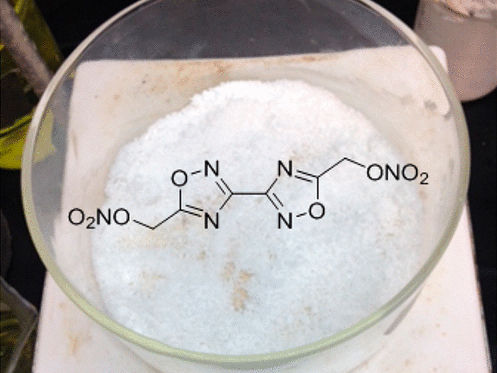
Oxadiazole has a calculated detonation pressure 50 percent higher than that of TNT.
Los Alamos National Laboratory
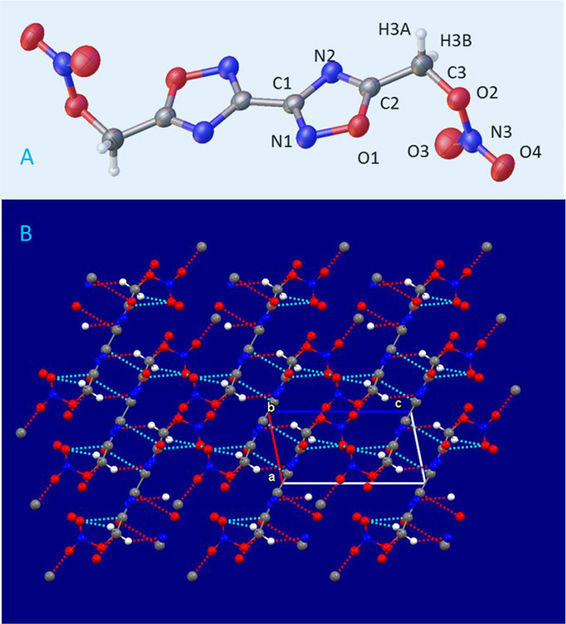
(A) Molecular conformation of the compound and (B) Crystal packing viewed along the b axis. Dashed blue lines represent intramolecular interactions, whereas dashed red lines represent intermolecular contacts.
Los Alamos National Laboratory
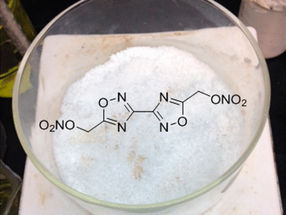
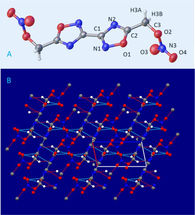
“The Army and the Laboratory, through the Joint Munitions Program, have been looking for a TNT replacement,” said David Chavez, an explosives chemist at Los Alamos. “Something with non- or low-toxicity that has the right melting point so it can be liquified and cast, for use in a variety of munitions.”
The new molecule is a nitrogen-containing compound called bis-oxadiazole. Chavez has been developing high-nitrogen explosive compounds for decades at Los Alamos, with particular emphasis on low explosive sensitivity and good environmental properties.
“One major challenge was coming up with a formula that would significantly surpass the explosive energy of TNT, but still have melt-casting capability” said Chavez. “When designing a molecule to be melt-castable, yet high performing, you typically encounter many challenges due to numerous obstacles.”
One of the biggest challenges was getting a high enough yield of the material out of the synthesis process. An early procedure produced only a 4 percent yield, far too low to be practical and affordable. After several iterations of the process the scientists boosted the yield to 44 percent.
Working with Jesse Sabatini and colleagues at Aberdeen, they developed a 24-atom molecule that’s packed with nitrogen, and has increased performance 1.5 times greater than TNT. The full chemical name is bis(1,2,4-oxadiazole)bis(methylene)dinitrate.
Research will continue with production of the material on a kilogram scale, a battery of explosive testing as well as future toxicity studies.
The Environmental Protection Agency has listed TNT as a possible carcinogen, and exposure to the material has been linked to disorders of the blood, such as anemia, and abnormal liver function, according to the Centers for Disease Control. TNT was first prepared in 1863 by German chemist Julius Wilbrand but its full potential as an explosive wasn’t discovered until 1891. TNT has been in use as a munitions explosive since 1902.
Original publication
Eric C. Johnson, Jesse J. Sabatini, David E. Chavez, Rosario C. Sausa, Edward F. C. Byrd, Leah A. Wingard, and Pablo E. Guzmàn; "Bis(1,2,4-oxadiazole)bis(methylene) Dinitrate: A High-Energy Melt-Castable Explosive and Energetic Propellant Plasticizing Ingredient"; Organic Process Research & Development; 2018
Other news from the department science
Most read news
More news from our other portals
See the theme worlds for related content
Topic world Synthesis
Chemical synthesis is at the heart of modern chemistry and enables the targeted production of molecules with specific properties. By combining starting materials in defined reaction conditions, chemists can create a wide range of compounds, from simple molecules to complex active ingredients.

Topic world Synthesis
Chemical synthesis is at the heart of modern chemistry and enables the targeted production of molecules with specific properties. By combining starting materials in defined reaction conditions, chemists can create a wide range of compounds, from simple molecules to complex active ingredients.








